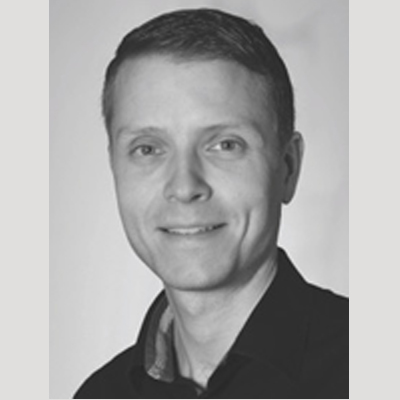Markus Meyer
Chair, Experimental and Clinical Toxicology
Head, Clinical Toxicology Laboratory
Saarland University, Homburg, Germany
This month it’s a real pleasure to hear from ‘retiring’ Young Scientist Committee chair, and good friend Markus Meyer. He has been a role model as an exceptional and accomplished scientist, from early on in his career, as well as a peer leader, having served on the TIAFT Young Scientist committee, among other scientific associations. Markus is currently a member of Council as one of our Directors of Education.
Can you tell us a little bit about your respective roles? What is a typical day like for you?
I currently hold the chair for Experimental and Clinical Toxicology at the Saarland University in Homburg, Germany. I am also head of the clinical toxicology laboratory there. We are – as a university institute and laboratory – involved in teaching, research, and laboratory issues on a daily basis.
Is there anything that your laboratory does, or that is done at your centre, that you would consider innovative?
Innovative is a big word. I wouldn’t claim our 24/7 clinical toxicology lab as innovative but special in what we are able to offer to hospitals and other customers. Our department developed the so-called ‘Homburg Model’ for a 24/7 service, frequently developing new strategies and techniques to introduce into daily routine.
What technological innovations have entered into use during your career that have permitted a change, or evolution, in practice?
Different sophisticated analytical techniques have become affordable in recent years, amongst them mass spectral techniques, including nano-liquid chromatography and high-resolution mass spectrometry.
How did you become interested in your area of expertise?
I was involved in clinical toxicology very early in my career. I became involved in the 24/7 lab during my PhD performing all kinds of analyses using hyphenated mass spectrometry, and my interest sprung from there.
Is there anything that you’ve seen or heard about recently and thought “I’d like to incorporate that idea at my centre”?
Tough question. I feel that mass spectral based imaging techniques will become more and more used in health care and that may be something for the near future.
What sort of research do you have on the horizon that you think might influence clinical practice in the future?
Amongst the aforementioned mass spectral imaging, microsampling will still be one of the hot topics in the future.
What do you consider is the future for TDM and CT? What are you excited about? What are the challenges we face?
I hope and feel that TDM and CT will become even more important in the future, as personalized medicine is already a growing issue and will become even bigger within a short time.
The content of the IATDMCT Blog does not necessarily have the endorsement of the Association.



